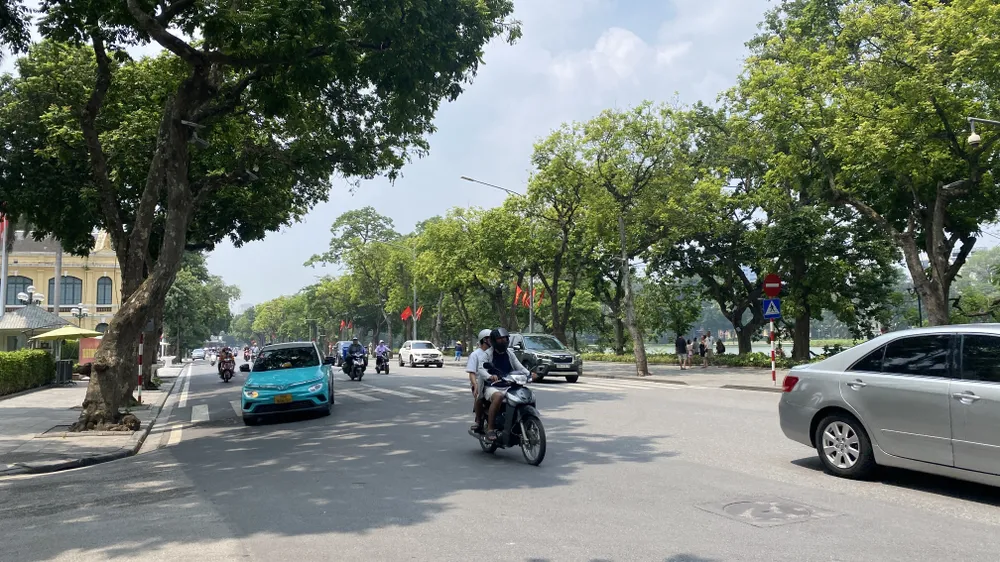The National Center for Hydro-Meteorological Forecasting informs: In August 2025, the weather across the country continues to be complicated.

Rainfall in most regions across the country will generally be approximately the multi-year average (TBNN). In the South Central Coast region, total rainfall may be 10-25% higher than the TBNN, with the potential risk of localized heavy rains causing flooding, especially in coastal cities.
In August, there is a possibility of 1 to 2 storms or tropical depressions (TDPs) appearing in the East Sea, which can directly affect Vietnam's mainland. In the same period, the East Sea usually has 2.4 storms, with about 0.8 making landfall in our country.
The meteorological agency also warned that the heat wave will continue in the North, North Central and South Central Coast, mainly concentrated in the first half of August, then gradually decrease. In August, the heat wave will continue to occur in Nghe An, Hue, Gia Lai , Khanh Hoa in the first half of the month, with average daily temperatures ranging from 29-31 degrees Celsius.
The North and the area from Thanh Hoa to Hue are warned of the possibility of some widespread heavy rains, concentrated in the middle and end of the month. Meanwhile, the Central Highlands and the South continue to have many days of showers and thunderstorms, mainly in the late afternoon, with the risk of heavy rain, thunderstorms, lightning and strong gusts of wind.
In July 2025, 3 storms appeared in the East Sea (Danas, Wipha, Comay). In total, the Northern region experienced 3 heavy rains during the month, while the Central provinces experienced 4 widespread showers and thunderstorms, while the Central Highlands and the South had many days of moderate and heavy rain.
In addition, there have been 3 heat waves in the North and Central regions, with the highest temperature commonly ranging from 35-38 degrees Celsius, with some places exceeding 40 degrees Celsius. The average monthly temperature in the Thanh Hoa to Hue region is 0.5-1 degrees Celsius lower than the average, while other places are 0.5-1.5 degrees Celsius higher.
The meteorological agency recorded many points exceeding historical values in both temperature and rainfall, showing that the weather in July was extreme and fluctuated strongly compared to the average.
Source: https://www.sggp.org.vn/thang-8-tiep-tuc-nang-nong-kem-bao-nhieu-dot-mua-lu-lon-post806685.html


































































































Comment (0)